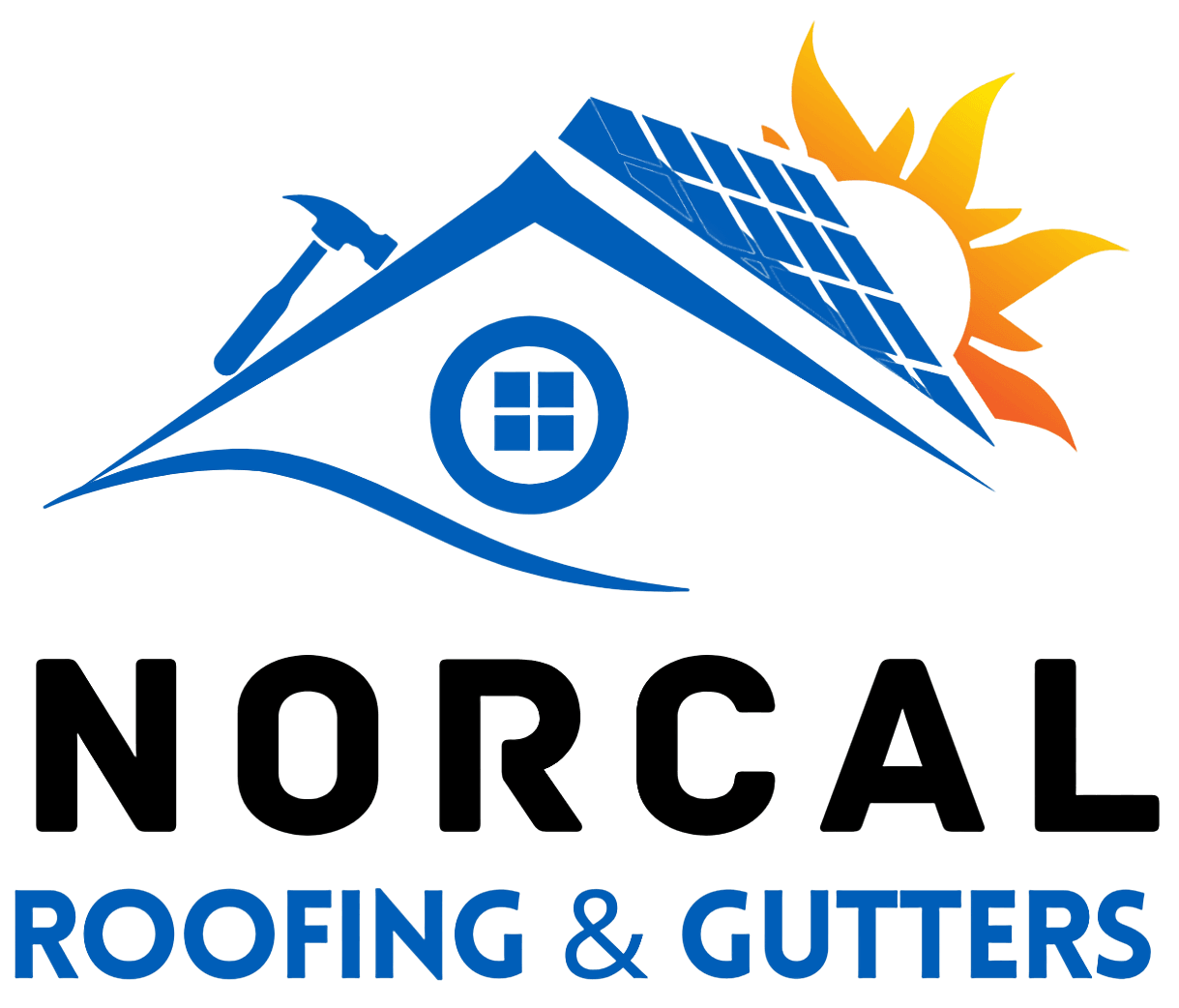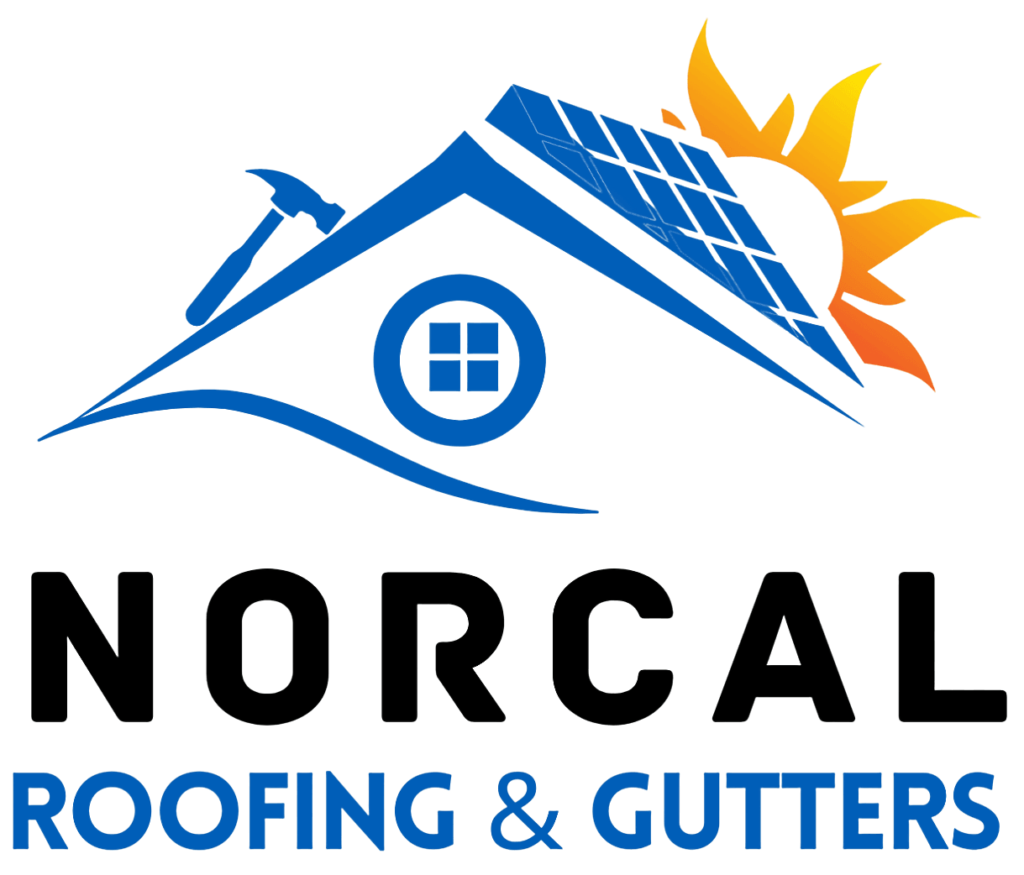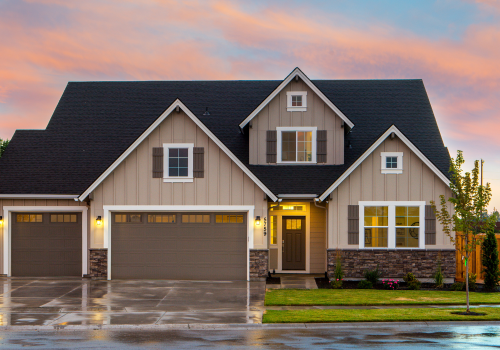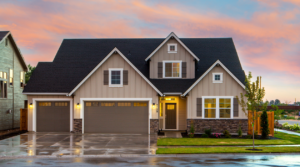Your roof is one of the most important parts of your home. It protects you and your belongings from the elements, and it can also affect your home’s energy efficiency and curb appeal. That’s why you want to make sure your roof lasts as long as possible.
The average lifespan of a roof depends on several factors, such as the type of roofing material, the quality of installation, the climate, and the level of maintenance. According to Consumer Reports, asphalt shingles can last 15 to 20 years, metal roofs can last 20 to 40 years, and wood shingles and shakes can last 20 to 30 years.
However, you can extend the life of your roof by following some simple tips. Here are some ways to keep your roof in good shape and avoid costly repairs or replacements.
Clean Your Roof Regularly
Dirt, debris, moss, mold, and mildew can accumulate on your roof over time. These can damage your roofing materials, cause leaks, and create an unsightly appearance. To prevent these problems, you should clean your roof regularly using a broom, a leaf blower, or a low-pressure washer. You can also use a mild detergent or a moss remover to get rid of stains and growths.
However, you should avoid using a power washer or a high-pressure spray, as these can loosen the granules from asphalt shingles and void their warranty. You should also avoid walking on your roof or using harsh chemicals that can damage your roof or harm the environment.
If you are not comfortable or confident with cleaning your roof yourself, you can hire a professional roofer to do it for you. A professional roofer will have the right tools, techniques, and safety measures to clean your roof effectively and safely.
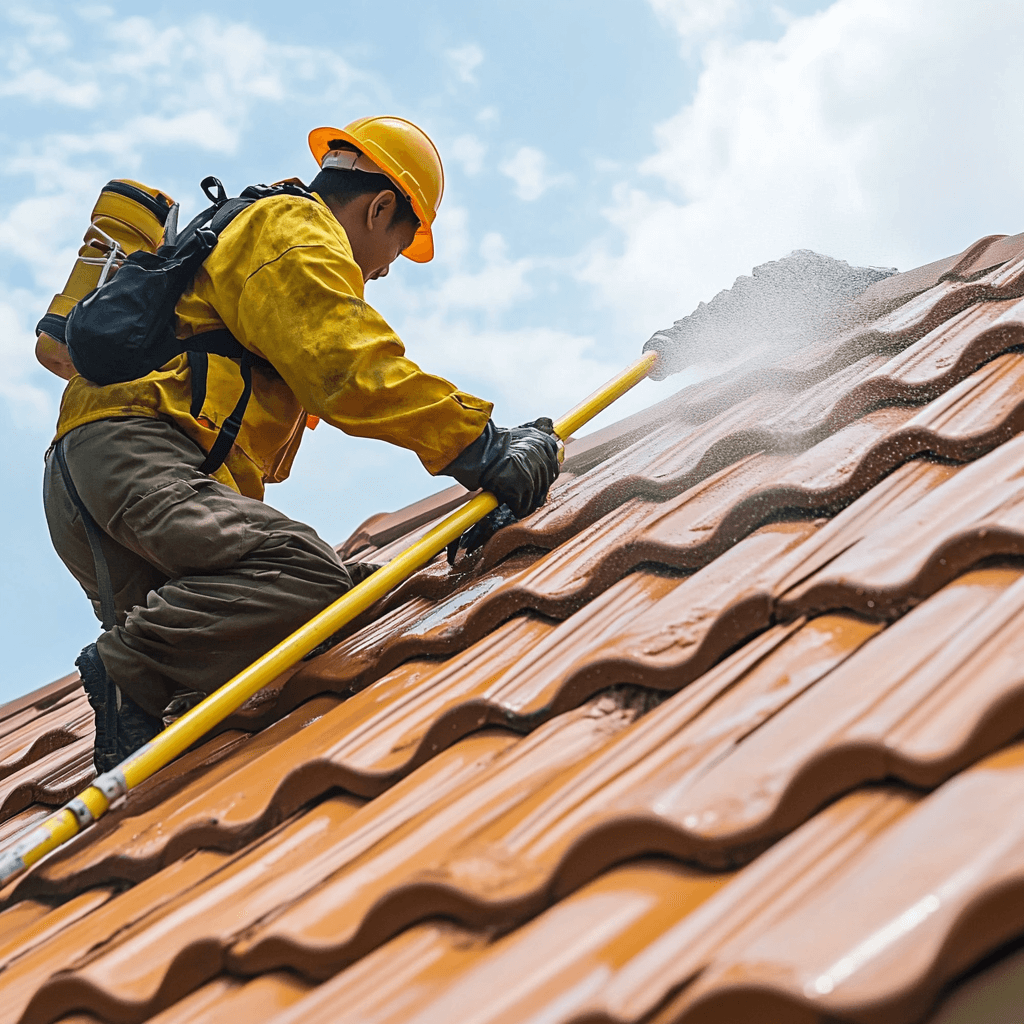
Trim Nearby Trees
Trees can provide shade and beauty to your home, but they can also pose a threat to your roof. Branches that hang over or touch your roof can scratch and wear down your roofing materials. Leaves and needles that fall on your roof can clog your gutters and cause water damage. And in a storm, falling limbs or trees can cause severe damage to your roof and home.
To prevent these risks, you should trim any nearby trees that are too close to your roof. You should also remove any dead or diseased branches that could break off easily. You can do this yourself if you have the proper equipment and skills, or you can hire a professional arborist to do it for you.
Check Your Ventilation and Insulation
Your attic plays a vital role in the health of your roof. If your attic is poorly ventilated or insulated, it can cause condensation on the underside of your roof deck, which can lead to rot and mold. It can also cause ice dams in the winter, which are ridges of ice that form at the edge of your roof and prevent melting snow from draining properly. Ice dams can damage your shingles, gutters, flashing, and eaves.
To avoid these issues, you should check your attic ventilation and insulation regularly. You should have enough vents in your soffits, ridge, or gables to allow air to circulate freely in your attic. You should also have enough insulation in your attic floor to prevent heat loss from your living space. You should also seal any gaps or cracks around pipes, wires, ducts, or vents that could allow air leakage.
If you are not sure how to check or improve your attic ventilation and insulation, you can consult a professional roofer or an energy auditor. They can assess your attic’s condition and recommend the best solutions for your home.
Repair Any Damage Promptly
Even with regular maintenance, your roof may still suffer some damage over time due to weathering, aging, or accidents. If you notice any signs of damage on your roof, such as missing or curling shingles, cracked or loose flashing, sagging or leaking gutters, water stains on your ceiling or walls, or mold growth in your attic, you should not ignore them. These could indicate more serious problems that could compromise the integrity of your roof.
Instead of waiting for the damage to worsen or spread, you should repair it as soon as possible. You can do some minor repairs yourself if you have the skills and tools needed, such as replacing a few shingles or patching a small leak. However, for major repairs or complex issues that require professional expertise and equipment,
you should hire a qualified roofer to do the job.
By repairing any damage promptly, you can prevent further deterioration of your roof and extend its lifespan.
Hire a Professional Roofer
One of the best ways to prolong the lifespan of your roof is to hire a professional roofer for any roofing work that you need. A professional roofer will have the experience, knowledge, and skills to install, maintain, and repair your roof properly and safely. They will also have the necessary licenses, insurance, and warranties to protect you and your home.
Whether you need a new roof, a roof inspection, a roof cleaning, or a roof repair, you should always choose a reputable and reliable roofer. You can find one by asking for referrals from friends, family, neighbors, or online reviews. You can also check their credentials, portfolio, references, and ratings with the Better Business Bureau or other trusted sources.
By hiring a professional roofer, you can ensure that your roof is in good hands and that it will last longer and perform better.
Conclusion
Your roof is a valuable asset that deserves your care and attention. By following these tips, you can prolong the lifespan of your roof and save money and hassle in the long run. Remember that your roof is not only a functional part of your home, but also an aesthetic one. A well-maintained roof can enhance the appearance and value of your home and make it more comfortable and enjoyable for you and your family.
